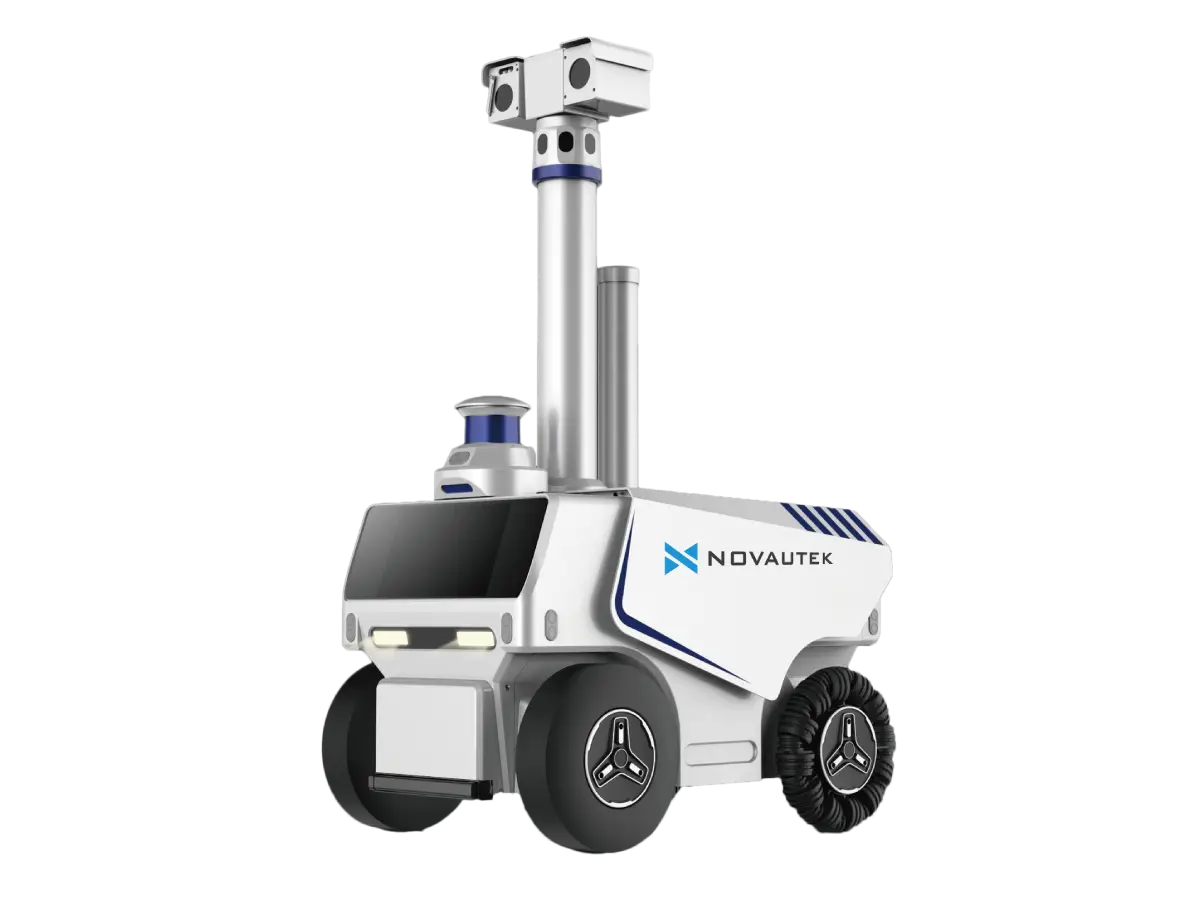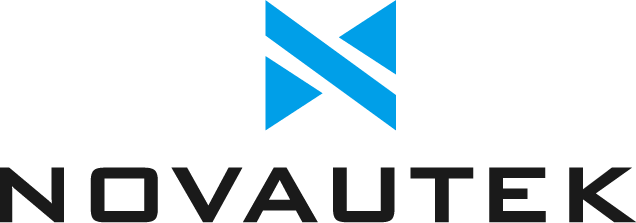Modern security challenges demand innovative solutions that go beyond traditional human surveillance methods. Today's industrial facilities, commercial complexes, and public spaces require comprehensive monitoring systems that operate continuously without fatigue or human limitations. A forward-thinking security guard robot manufacturer addresses these needs by developing autonomous patrol systems that integrate advanced sensors, artificial intelligence, and real-time communication capabilities. These sophisticated machines represent the evolution of security infrastructure, offering enhanced coverage, consistent performance, and data-driven insights that transform how organizations approach perimeter protection and asset monitoring.
Leading manufacturers incorporate multiple sensor technologies to create comprehensive situational awareness systems. High-definition cameras with night vision capabilities capture detailed visual information across various lighting conditions, while thermal imaging sensors detect heat signatures that might indicate unauthorized personnel or equipment malfunctions. Ultrasonic sensors provide precise distance measurements for navigation and obstacle avoidance, ensuring smooth operation in complex environments. Motion detection algorithms analyze movement patterns to distinguish between routine activities and potential security threats, reducing false alarms while maintaining vigilant monitoring standards.
Lidar technology enables three-dimensional mapping of patrol routes, creating detailed environmental models that support autonomous navigation and route optimization. These sensors work in conjunction with GPS systems to provide accurate positioning data, allowing security robots to maintain precise patrol schedules and respond quickly to specific locations when incidents occur. Weather-resistant housing protects sensitive components from environmental factors, ensuring reliable operation in outdoor conditions throughout various seasons and climate conditions.
Machine learning algorithms process vast amounts of sensory data to make real-time decisions about patrol priorities and response protocols. Pattern recognition software identifies unusual activities by comparing current observations with established baseline behaviors, enabling proactive threat identification before incidents escalate. Natural language processing capabilities allow these systems to interpret audio signals and voice commands, expanding their ability to gather intelligence and respond to human interactions during patrol operations.
Predictive analytics help optimize patrol routes based on historical incident data, environmental factors, and specific security requirements. These systems continuously learn from operational experiences, refining their decision-making processes to improve effectiveness over time. Integration with existing security infrastructure allows seamless coordination with access control systems, alarm networks, and emergency response protocols, creating comprehensive security ecosystems that maximize protection while minimizing operational complexity.
Autonomous security robots provide uninterrupted surveillance coverage that surpasses human capabilities in terms of consistency and duration. These systems operate continuously without breaks, shift changes, or fatigue-related performance degradation, ensuring constant vigilance across protected areas. Automated charging stations enable extended operational periods, with intelligent power management systems that optimize battery usage and schedule charging cycles to minimize downtime during critical security periods.
Redundant communication systems maintain connectivity with central monitoring stations even when primary networks experience disruptions. Emergency protocols automatically engage backup communication channels and local data storage capabilities to preserve critical information during system maintenance or unexpected outages. Self-diagnostic capabilities monitor system health continuously, providing early warnings about potential maintenance needs and ensuring optimal performance levels throughout operational lifecycles.
Organizations implementing robotic security systems often realize significant cost savings compared to traditional human-based security operations. Reduced labor costs, eliminated overtime expenses, and decreased insurance premiums contribute to favorable return-on-investment calculations. The security guard robot manufacturer provides comprehensive training programs and ongoing technical support to ensure smooth integration and optimal utilization of automated security assets.
Scalability advantages allow organizations to expand security coverage without proportional increases in operational expenses. Additional robots can be deployed to cover larger areas or provide specialized monitoring capabilities without requiring extensive hiring processes or training investments. Maintenance costs remain predictable through structured service agreements and proactive component replacement programs that prevent unexpected failures and extend equipment lifecycles.
Modern security robots capture detailed documentation of all patrol activities, creating comprehensive logs that support incident investigation and legal proceedings. High-resolution video recordings provide clear evidence of security events, while timestamp synchronization ensures accurate chronological records. Automated report generation compiles patrol data into structured formats that facilitate analysis and compliance documentation requirements.
Biometric identification capabilities enable precise personnel tracking and access monitoring, creating detailed audit trails for sensitive areas. Environmental monitoring sensors collect data about temperature, humidity, air quality, and other factors that might affect facility operations or indicate potential hazards. Integration with building management systems allows correlation of security events with environmental conditions, providing valuable insights for operational optimization and risk management strategies.
Advanced analytics platforms process accumulated patrol data to identify patterns and trends that inform security strategy development. Historical analysis reveals optimal patrol schedules, high-risk time periods, and vulnerable locations that require enhanced monitoring attention. Behavioral analysis algorithms detect subtle changes in normal activity patterns that might indicate emerging security threats or operational inefficiencies.
Risk assessment models utilize collected data to generate probability calculations for various security scenarios, enabling proactive resource allocation and preventive measures. Trend analysis capabilities help organizations understand how security requirements evolve over time, supporting long-term planning and budget allocation decisions. Customizable reporting dashboards present complex data in accessible formats that support executive decision-making and stakeholder communication needs.
Professional security guard robot manufacturer solutions prioritize compatibility with established security systems to maximize investment protection and operational efficiency. Standard communication protocols enable integration with existing cameras, alarms, access control systems, and monitoring platforms without requiring complete infrastructure overhauls. Application programming interfaces facilitate data sharing between robotic systems and central management platforms, creating unified security operations centers that leverage both human expertise and automated capabilities.
Cloud-based management platforms provide remote access to robot status information, patrol schedules, and incident reports from any location with internet connectivity. Mobile applications enable security personnel to monitor robot activities, adjust patrol parameters, and respond to alerts while away from central control stations. Encrypted communication channels protect sensitive security data during transmission and storage, maintaining confidentiality standards required for critical infrastructure protection.
Flexible deployment options accommodate diverse facility layouts and security requirements through modular system designs. Outdoor-rated models handle perimeter patrols in challenging weather conditions, while indoor variants provide quiet operation suitable for office environments and residential facilities. Specialized configurations address unique industry requirements such as hazardous material monitoring, crowd management, or high-security access control applications.
Programmable patrol routes allow customization based on specific facility needs, threat assessments, and operational schedules. Zone-based monitoring capabilities enable different security protocols for various facility areas, ensuring appropriate response levels for different risk categories. Emergency response procedures can be tailored to integrate with existing evacuation plans, emergency services protocols, and incident command structures.

Ongoing developments in artificial intelligence promise enhanced capabilities for autonomous security systems, including improved threat recognition accuracy and more sophisticated behavioral analysis algorithms. Machine learning models continue evolving to reduce false positive rates while maintaining high sensitivity to genuine security concerns. Natural language processing improvements enable better interaction with human personnel and more accurate interpretation of audio surveillance data.
Computer vision enhancements provide better object recognition capabilities, facial identification accuracy, and license plate reading performance across various lighting and weather conditions. Collaborative intelligence systems enable multiple robots to coordinate patrol activities, share information, and respond collectively to complex security situations that require coordinated responses from multiple automated units.
Next-generation mobility systems incorporate advanced navigation algorithms that enable operation in more complex environments, including multi-level facilities, outdoor terrain with obstacles, and areas with varying surface conditions. Improved battery technology extends operational periods while reducing charging requirements, enabling longer patrol cycles and greater coverage areas without interruption.
Swarm robotics concepts allow multiple security units to work together as coordinated teams, providing comprehensive coverage of large facilities while maintaining communication and coordination protocols. Advanced path planning algorithms optimize patrol routes in real-time based on current conditions, threat assessments, and operational priorities, maximizing efficiency while ensuring complete area coverage according to established security protocols.
Security guard robots require regular preventive maintenance including battery health checks, sensor calibration, software updates, and mechanical component inspections. Most manufacturers provide comprehensive maintenance schedules and remote diagnostic capabilities that identify potential issues before they affect operational performance. Typical maintenance intervals range from monthly visual inspections to annual comprehensive overhauls, depending on usage intensity and environmental conditions.
Modern security robots include emergency response protocols that automatically alert human supervisors and emergency services when critical situations are detected. They can provide real-time situational information, maintain communication with first responders, and follow pre-programmed emergency procedures such as evacuation route monitoring or hazardous area isolation. However, they work in conjunction with human security personnel rather than replacing emergency response capabilities entirely.
Professional-grade security robots feature weather-resistant designs that enable operation in various environmental conditions including rain, snow, extreme temperatures, and high humidity. However, severe weather conditions such as hurricanes, flooding, or ice storms may require temporary suspension of outdoor patrol activities. Indoor models typically have broader operational parameters since they are protected from direct weather exposure.
ROI calculations typically consider reduced labor costs, decreased insurance premiums, improved incident response times, and enhanced documentation capabilities. Many organizations report positive returns within 18-24 months of deployment, particularly when robots replace multiple human security positions or enable coverage expansion without proportional cost increases. Additional benefits include reduced liability exposure, improved compliance documentation, and enhanced overall security effectiveness that may prevent costly incidents.

Copyright © 2024-2025 Novautek Autonomous Driving Limited, All rights reserved. Privacy policy